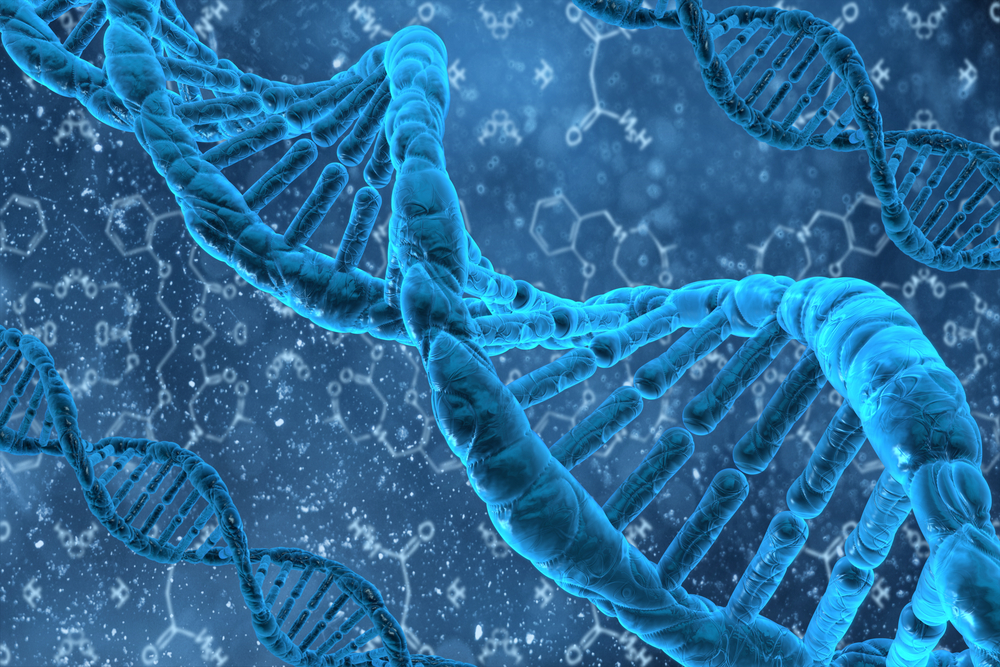Neurodegeneration in Some ALS Patients Linked to Faulty DNA Damage Repair

Neurodegeneration in a subset of amyotrophic lateral sclerosis (ALS) patients is a consequence of abnormal DNA damage responses, a finding that provides new possibilities for therapeutic interventions.
About 5 percent of familial amyotrophic lateral sclerosis (fALS), and up to 1 percent of sporadic ALS (sALS), have been linked to mutations in the gene coding for a protein known as fused in sarcoma (FUS).
FUS is a protein involved in repairing damaged DNA inside the nucleus. But its function is dependent on the ability of normal FUS to shuttle between the cytoplasm and the nucleus and to accumulate at sites of DNA damage.
Disease-causing mutations in the FUS gene, however, result in FUS aggregating in the cytoplasm. To date, the exact molecular mechanisms linking this aggregation to neurodegenration in ALS have not been fully understood.
The study “Impaired DNA damage response signaling by FUS-NLS mutations leads to neurodegeneration and FUS aggregate formation,” published in the journal Nature Communications, provides insight into the mechanism linking FUS mutations to ALS pathology.
The researchers used stem cells derived from ALS patients with FUS mutations (FUS-ALS) to generate a model to study human motor neurons. In these cells, DNA damage increased, even before the aggregation of the FUS protein in the cytoplasm, suggesting that DNA damage is an early event in FUS-ALS patients, occurring before FUS aggregation and neurodegeneration.
Further experiments revealed that the inability of mutated FUS to shuttle between the cytoplasm and the nucleus in a normal fashion was the first event leading to neurodegeneration. When FUS was unable to enter the nucleus, FUS aggregates began to form and the cell was no longer able to detect DNA errors, which eventually lead to cell death.
The aggregation and mislocalization then were found to result in a vicious cycle where the resulting DNA damage induced additional FUS cytoplasmic aggregation and more DNA damage.
Taken together, the results indicate that FUS-ALS “is caused by impairment of proper DNA damage response signaling subsequently leading to neurodegeneration and aggregate formation,” the researchers explained.
“Our work suggests the need of novel therapeutic pathways upstream of aggregate formation involving modulation of DNA damage pathways,” the researchers concluded. “Some of these compounds modulating [DNA damage repair] are already in clinical trials for cancer therapy and could thus rapidly be adapted to ALS.”






